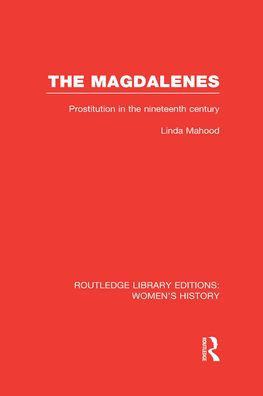Building on the work of Foucault, Walkowitz, and Mort, Linda Mahood traces and examines new approached emerging throughout the nineteenth century towards prostitution and looks at the apparatus and institutions created for its regulation and control. In particular, throughout the century, the bourgeoisie contributed regularly to the discourse on the prostitution problem, the debate focusing on the sexual and vocational behaviour of working class women. The thrust of the discourse, however, was not just repression or control but the moral reform – through religious training, moral education, and training in domestic service – of working class women.
With her emphasis on Scottish 'magdalene' homes and a case study of the system of police repression used in Glasgow, Linda Mahood has written the first book of its kind dealing with these issues in Scotland. At the same time the book sets nineteenth-century treatment of prostitutes in Scotland into the longer run of British attempts to control 'drabs and harlots', and contributes to the wider discussion of 'dangerous female sexuality' in a male-dominated society.
Building on the work of Foucault, Walkowitz, and Mort, Linda Mahood traces and examines new approached emerging throughout the nineteenth century towards prostitution and looks at the apparatus and institutions created for its regulation and control. In particular, throughout the century, the bourgeoisie contributed regularly to the discourse on the prostitution problem, the debate focusing on the sexual and vocational behaviour of working class women. The thrust of the discourse, however, was not just repression or control but the moral reform – through religious training, moral education, and training in domestic service – of working class women.
With her emphasis on Scottish 'magdalene' homes and a case study of the system of police repression used in Glasgow, Linda Mahood has written the first book of its kind dealing with these issues in Scotland. At the same time the book sets nineteenth-century treatment of prostitutes in Scotland into the longer run of British attempts to control 'drabs and harlots', and contributes to the wider discussion of 'dangerous female sexuality' in a male-dominated society.

The Magdalenes: Prostitution in the Nineteenth Century
218
The Magdalenes: Prostitution in the Nineteenth Century
218
Product Details
| ISBN-13: | 9780415623537 |
|---|---|
| Publisher: | Taylor & Francis |
| Publication date: | 10/10/2012 |
| Series: | Routledge Library Editions: Women's History |
| Pages: | 218 |
| Product dimensions: | 6.12(w) x 9.19(h) x (d) |
